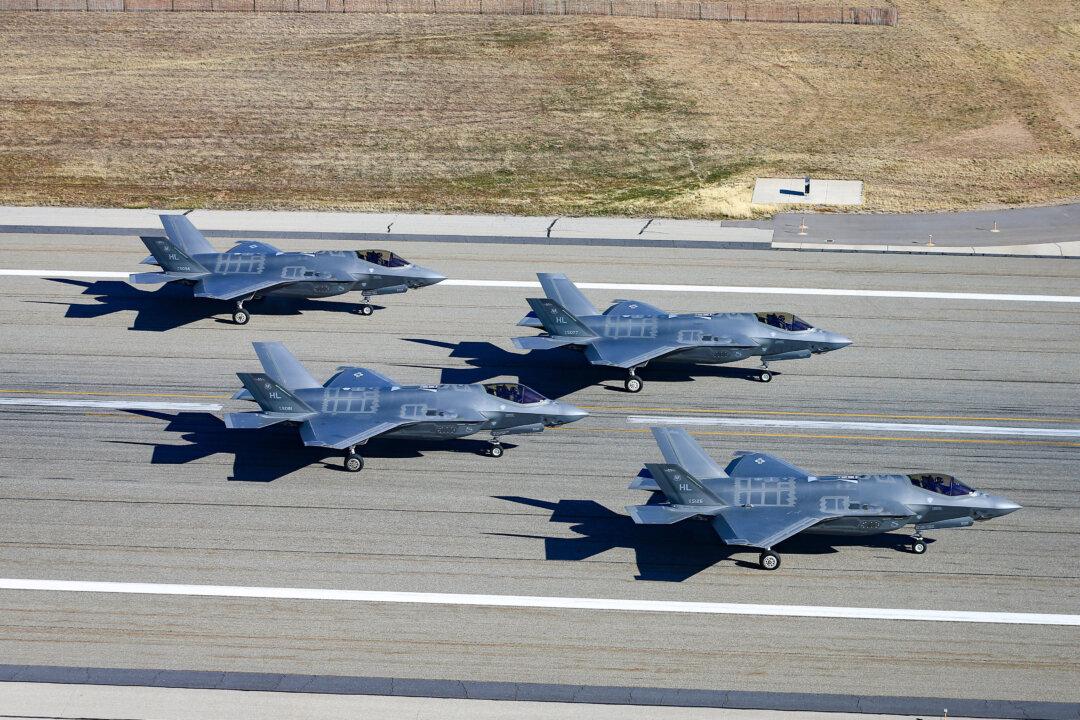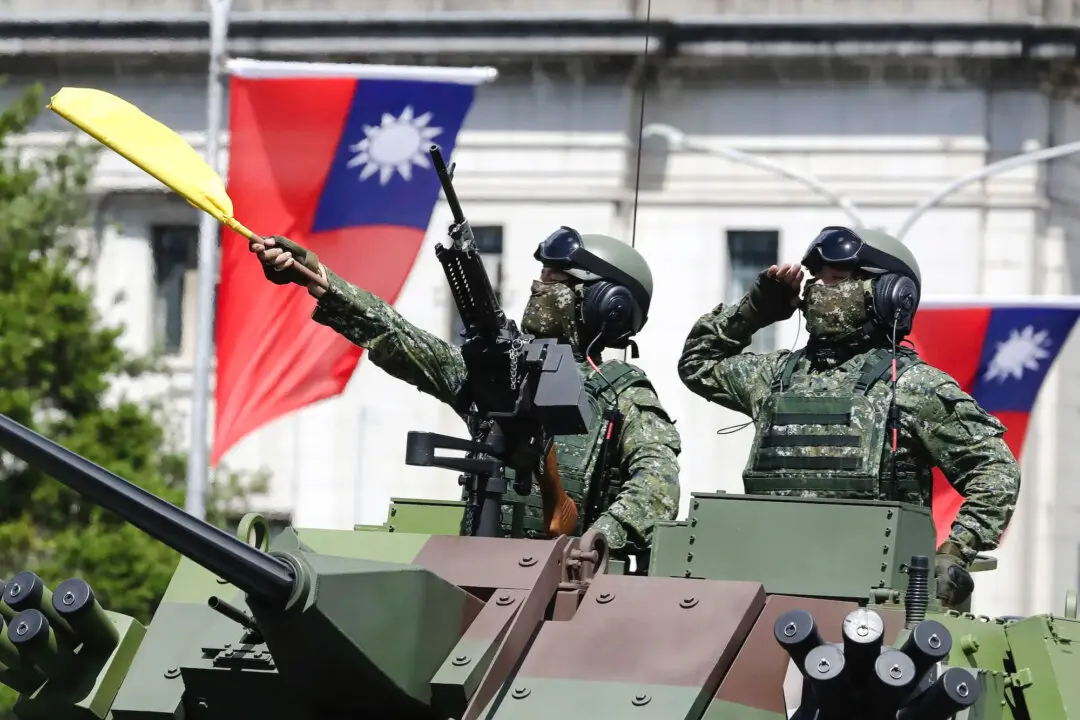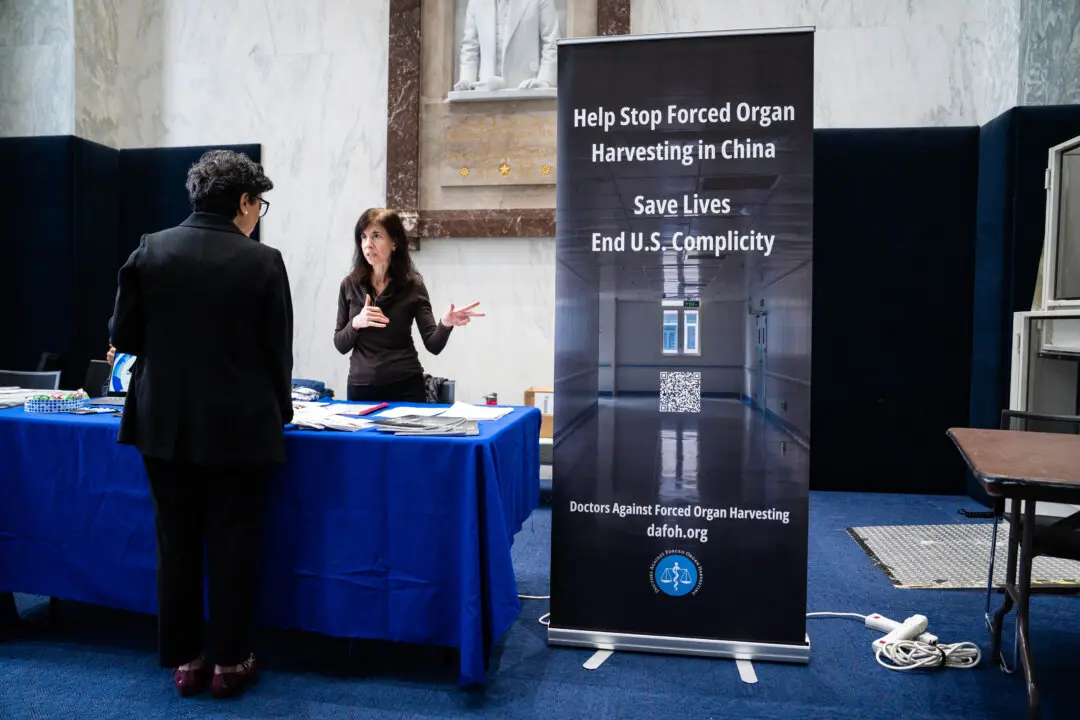The U.S. Air Force needs to pair its manned combat aircraft with next-generation drones—known as collaborative combat aircraft (CCA)—to gain the air superiority needed in a war against China’s communist regime, according to a recent report by the Washington-based Mitchell Institute for Aerospace Studies.
The report, based on wargames run by the Mitchell Institute in counterair missions defending Taiwan against China’s People’s Liberation Army (PLA), demonstrates how CCAs were used as airborne sensors, decoys, jammers, or weapon launchers in cooperation with crewed aircraft like the Air Force’s 5th generation fighter F-35 and F-22 Raptor.





